Search
Did you mean: Aedile?
Search Results
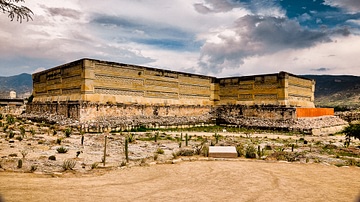
Definition
Mitla
Mitla, located in the eastern portion of the Valley of Oaxaca in southern Mexico, was an important site of the Zapotec civilization. Gaining prominence from the early Post-Classic period (c. 700-900 CE), Mitla became the most important Zapotec...

Definition
Russian Revolution of 1905
The Russian Revolution of 1905 challenged the absolute power of Tsar Nicholas II (reign 1894-1917) as ruler of the Russian Empire. Bloody Sunday in 1905 started the year disastrously for the tsar when soldiers fired upon an unarmed crowd...
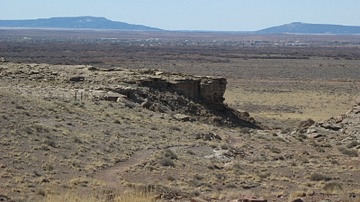
Definition
Homolovi
Homolovi or Homolovi State Park (formerly: Homolovi Ruins State Park) is a cluster of archaeological sites that contains the ruins of eight pre-Columbian Ancestral Puebloan (Anasazi) and Hopi pueblos in addition to some 300 other remains...
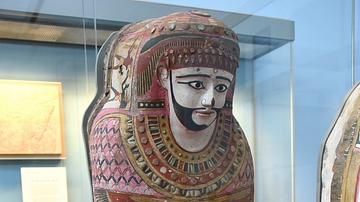
Image
Painted anthropoid mummy case of a man
This case is made from mud mixed with straw or chaff, with an outer skin of textile and an inner coating of plaster. The decoration is traditional Egyptian style, the surface is painted to represent a bead-net incorporating a collar, with...

Definition
Tsar Nicholas II - Last of the Romanovs
Tsar Nicholas II (reign 1894-1917) was the last of the Romanov emperors, murdered along with his family during the turmoil of the Russian Revolution in 1917. Insisting on maintaining as far as possible the autocratic rule begun by his ancestors...
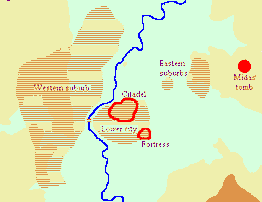
Definition
Gordium
Gordium was the capital of ancient Phrygia, modern Yassihüyük. It is situated on the place where the ancient Royal road between Lydia and Assyria/Babylonia crosses the river Sangarius, which flows from central Anatolia to the Black Sea. Remains...
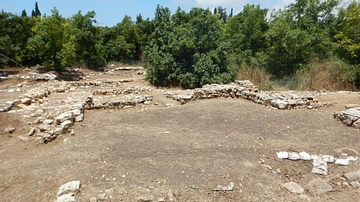
Image
Ceremonial Hall 611, Tel Kabri
The ceremonial hall at Tel Kabri as it appeared in 2015 CE. The hall was constructed c. 1720 BCE as part of the second phase of Tel Kabri's Middle Bronze Age Canaanite palace. It is believed to have served as the focal point of the palace...

Article
Effects of the Black Death on Europe
The outbreak of plague in Europe between 1347-1352 – known as the Black Death – completely changed the world of medieval Europe. Severe depopulation upset the socio-economic feudal system of the time but the experience of the plague itself...

Article
Women in the Middle Ages
The lives of women in the Middle Ages were determined by the Church and the aristocracy. The medieval Church provided the 'big picture' of the meaning of life and one's place while the aristocracy ensured that everyone stayed in their respective...

Article
Child Labour in the British Industrial Revolution
Children were widely used as labour in factories, mines, and agriculture during the British Industrial Revolution (1760-1840). Very often working the same 12-hour shifts that adults did, children as young as five years old were paid a pittance...